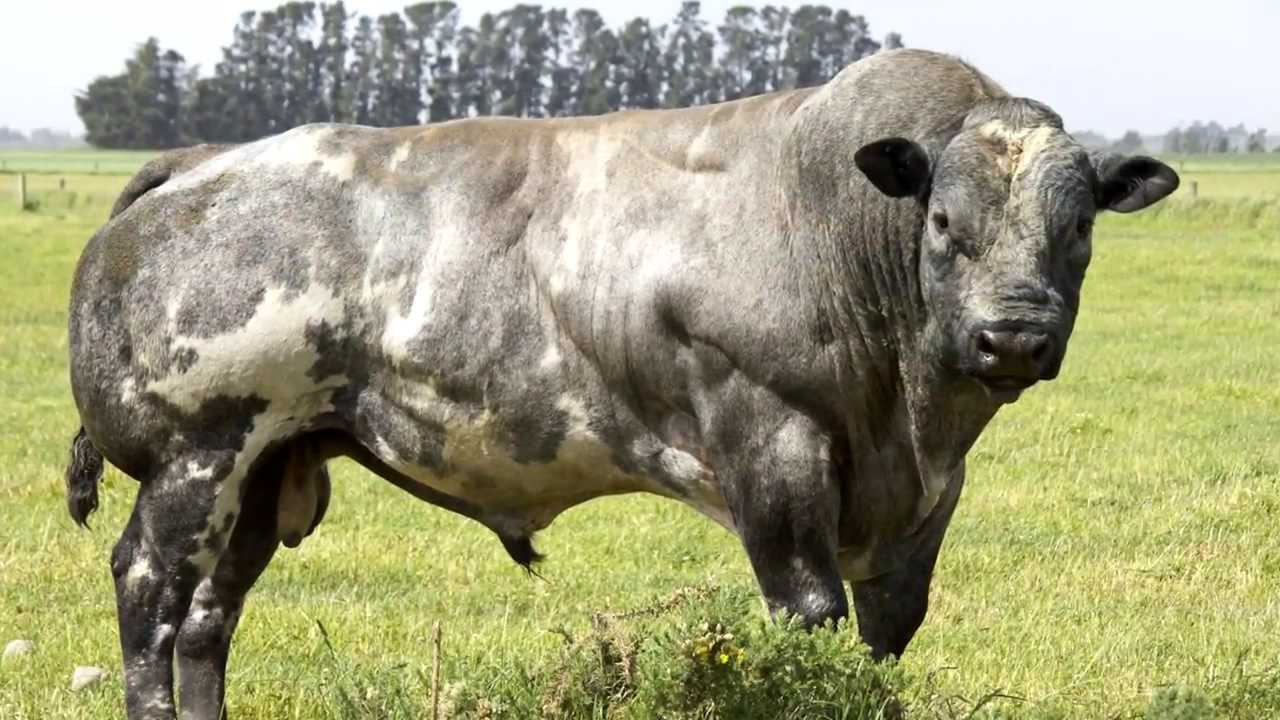
Belgian Blue Livestockpedia
About Belgian Blue. The Belgian Blue breed represents 50% of the national herd, irrespective of the breeds. 61 % of the Belgian Blue livestock is in the Walloon region and 39% in the Flemish part of Belgium. Whereas BB is used in pure breed in Northern Europe for meat production, it is also used in other regions of the world where meat.

image belgianblue for term side of card Cattle, Breeds, Beef cattle
The main culprit behind this, is that Belgian Blue cows have an inherently narrower birth canal. In addition, newborns have higher than average (compared to other breeds) dimensions, which of course makes birth even more difficult. For this reason, cesarean section is many times the only route to save both the mother and the calves..

Pin by Noodles on Bull Breeds Belgian blue, Belgian blue cattle, Animals
Belgian Blue cows are quite fertile, has easy calving and good calving rates. They are excellent mothers with good maternal instincts. Their milk yields are good for human consumption their calves are born strong and ready to go. They mature a bit later than other breeds and usually only have their first calf at 32 months or earliest at 24 months.

Pin de Jim Durham en Belgium 1 Cattle Breeds Vacas
The Belgian Blue cattle are also used as a dairy breed as well. The cows are pretty good for the production of milk. The cows on average can produce about 4,000 kg of milk per lactation. Their milk is of average quality containing about 3.48 percent fat content and about 3.23 percent of protein. However, review full breed profile of the Belgian.

Pin by Rodolfo Jimenez on Belgium 1 Cattle Breeds Blue roan horse
The Belgian Blue cattle had a lower shear value than the Hereford-Angus contemporary average, 12.8 versus 12.9, with comparable tenderness and flavor on the sensory panel. Belgian Blue cattle also exhibited less than half the fat cover, .21 inch cover versus .45 inch cover, a 53% reduction. Belgian Blue is on line for the new standards.

Belgian Blue Cow YouTube
Belgian Blues are found throughout Europe and have been introduced into the United States where their popularity is growing especially in cross breeding prog.
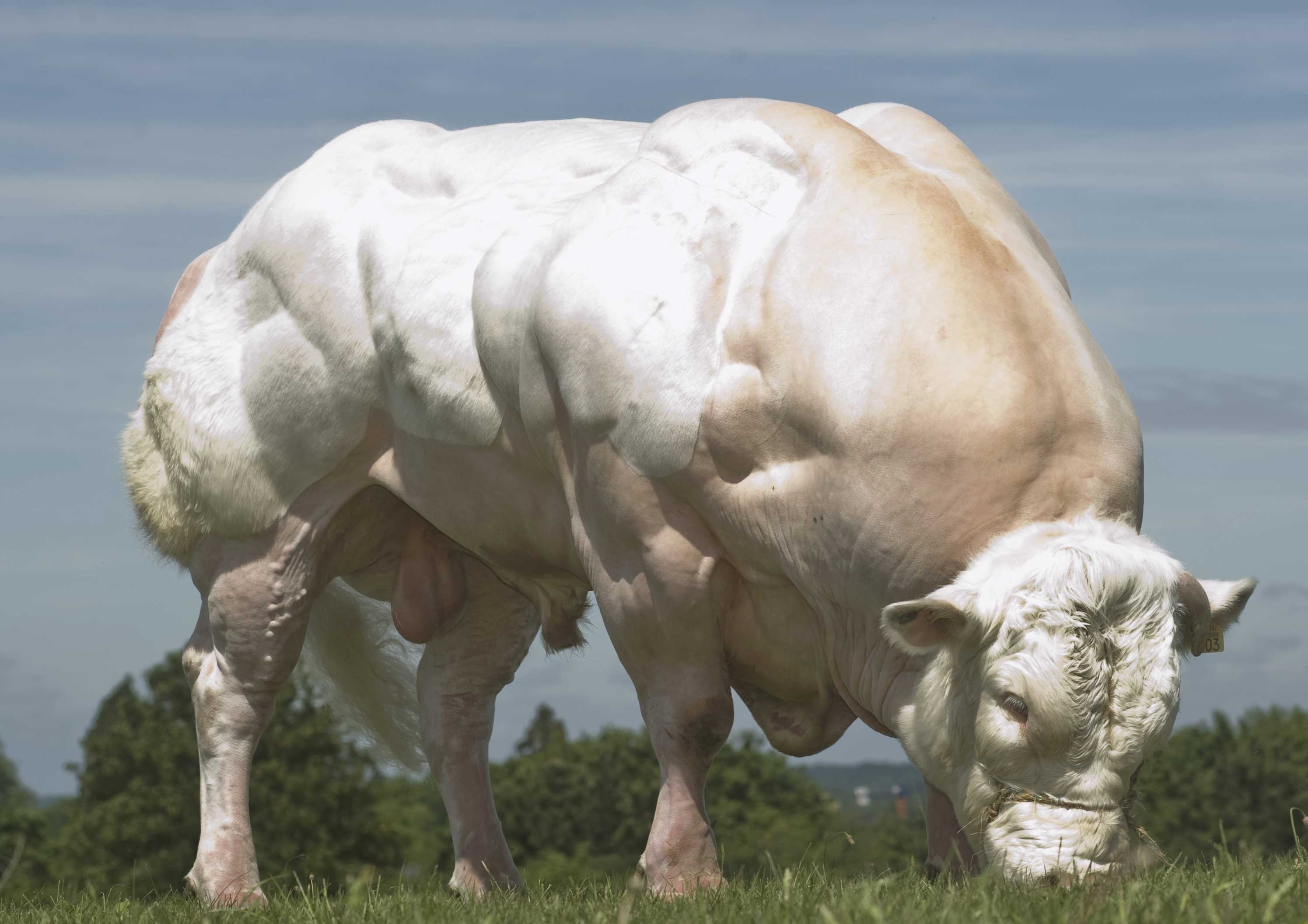
Belgian Blue, una raza de súper vacas musculosas y enormes
The Belgian Blue is exceptional among contemporary beef breeds for its: The average age of the first calf is 32 months, with 75% of cows birthing between 28 and 35 months of age. Calving in two-year-old cows has also proved successful. It takes 23 months on average, with 75% falling between 22 and 24 months.

The cream of Belgian Blue cattle compete for coveted title at Ploughing
Belgian Blue cattle go by many names depending on the circle. They are also known as Belgian Blue-White, Belgian White Blue, Blue Belgian, and Blue as Race de la Moyenne et Haute Belgique. These cows are unlike most other cattle. Originally, they were bred for their meat as well as milk. This is a massive cow that stands out wherever it goes.
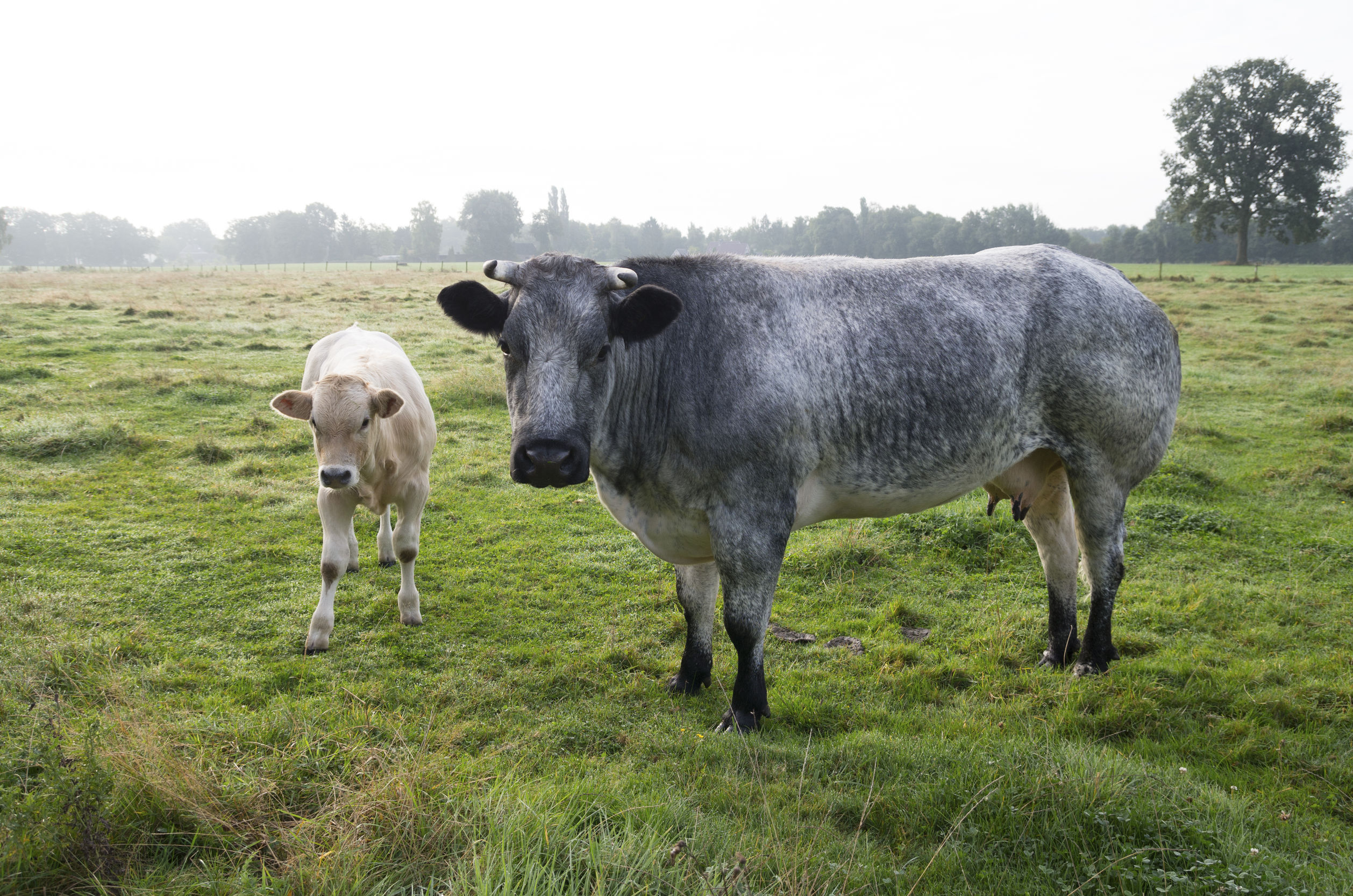
Belgian Blue Livestockpedia
Initially, the Belgian Blue, at this time called "breed from Mid and Upper Belgium" was a dual purpose animal coming from fairly uniform local cattle and a limited number of Durham bulls. The selection of double muscled cattle occurred between 1960 and 1970. It responses to the economic climate and, in particular, to the demands of a meat.
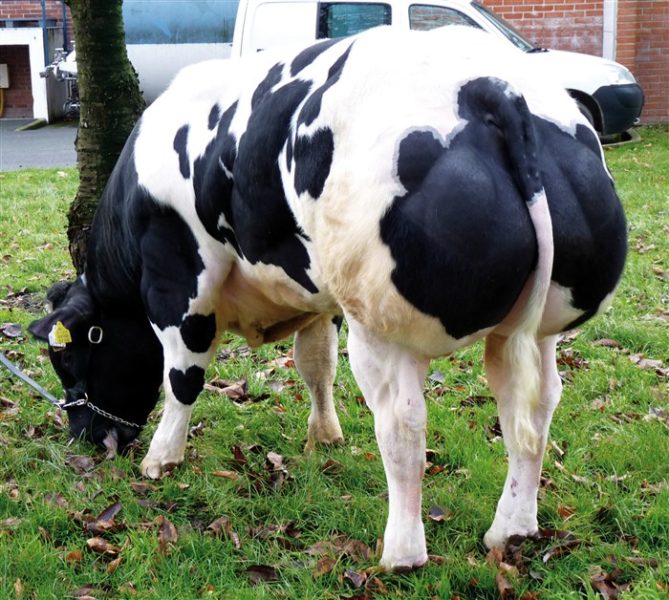
Belgian blue cattle for sale National CSA Directory
Originally a milk production breed, Belgian Blue cows produce 4000 to 6000 liters per day with 3.48 percent fat content and 3.23 percent protein. The milk quality is considered average for a milking breed and this milk is good for human consumption, though it is rarely used in producing other milk products.

Jacked Belgian Blue cattle pics Belgian blue, Belgian blue cattle
In 1978, Nick Tutt, a farmer from central Canada, immigrated to West Texas and introduced the Belgian Blue cattle to the United States by showing the breed to the universities around that region. Milk Production. The cows produce about 3900 litres of milk per lactation. Their milk is average, containing 3.48 % fat and 3.23 % protein.
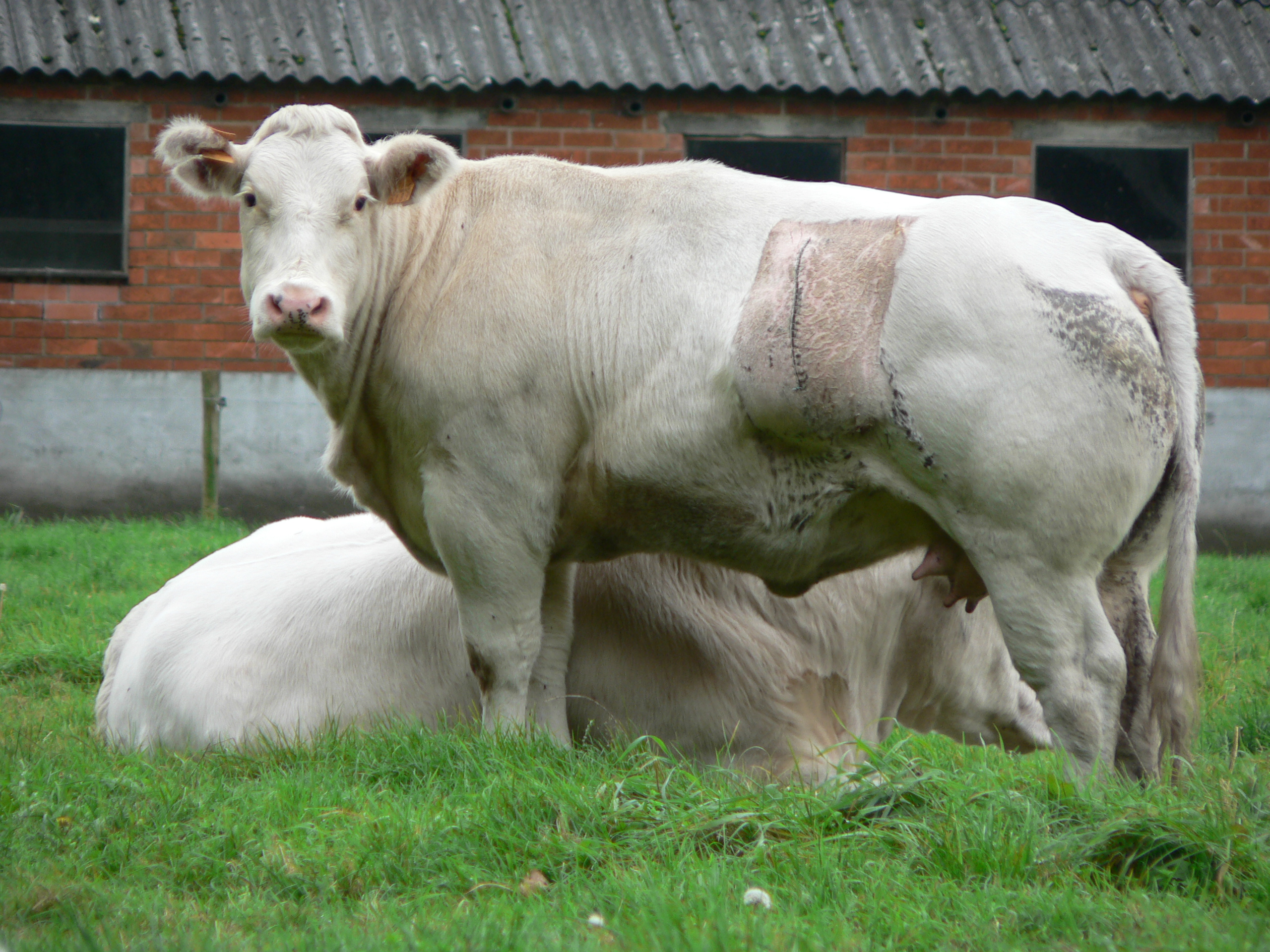
Belgian Blue Livestockpedia
Other Names: Belgian Blue-White, Belgian White-and-Blue Pied, Race de la Moyenne et Haute Belgigue. Male Size Range: Average 1,800 lb, 54 inches. Female Size Range: Average 1,100 lb, 48 inches. Source: Belgium. Established in: 1960s. Ideal Habitat: This breed can thrive in cold winters and hot summers. Fencing: Standard electric fencing for cattle.

Get to Know The Belgian Blue
The Belgian Blue cattle had a lower shear value than the Hereford-Angus contemporary average, 12.8 versus 12.9, with comparable tenderness and flavor on the sensory panel. Belgian Blue cattle also exhibited less than half the fat cover, .21 inch cover versus .45 inch cover, a 53% reduction. Belgian Blue is on line for the new standards.

Belgian blue Cow calf, Livestock, Cattle
After watching a documentary in early 2004 on the Belgian Blue Cattle we were intrigued by the breed so we researched Belgian Blue cattle to learn more about the breed. What we found scared us; large births, calving problems, and C-sections, etc. So we decided against the blue breed and put together a herd using commercial bulls.

Google Profiles Belgian blue cattle, Belgian blue, Breeds
The Belgian Blue cow is a controversial animal due to its eccentric history marked by genetic modification and physical appearance. Also known as Race de la Moyenne et Haute Belgique, Belgian Blue-White, Belgian White, and Belgian White Blue, this cow breed is defined by its massive and muscular body.. This breed is suitable for farmers who want to obtain large quantities of meat of superior.

The Belgian Blue the crossbreeding specialist breed Livestock
Belgian Blue is a cattle breed from Belgium. The name comes from the exterior of cattle, ranging from fully white cattle to cattle that show white and black and blue spots. These cows look quite intimidating, as they are extremely muscular and sculpted. This phenomenon is described as 'double-muscled', which is basically a genetic trait.